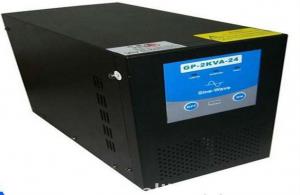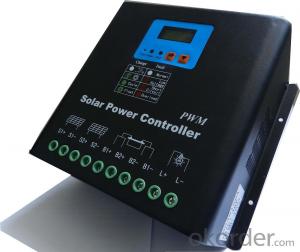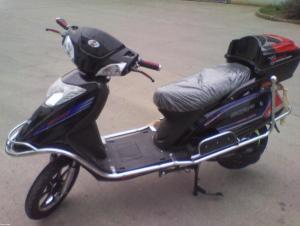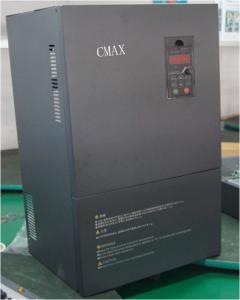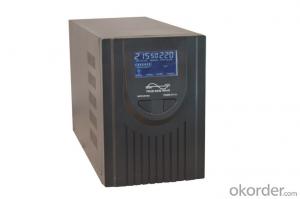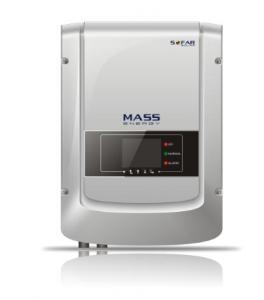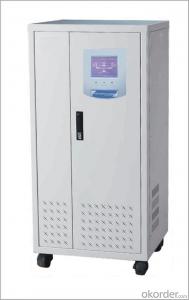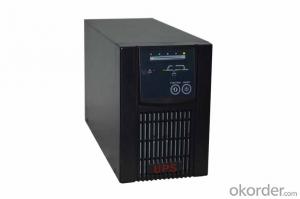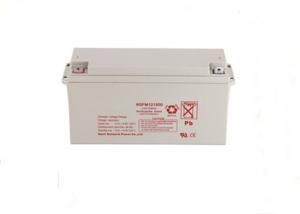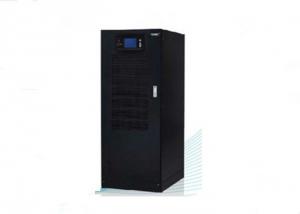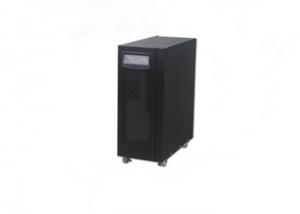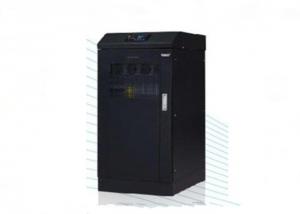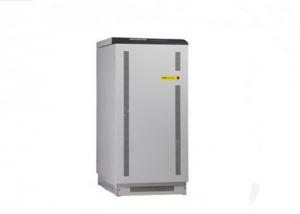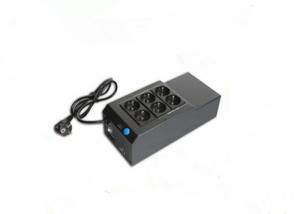4000 Watt Solar Inverter
4000 Watt Solar Inverter Related Searches
4000 Watt Inverter Solar Solar Inverter 4000 Watt 4000w Solar Inverter Solar Inverter 4000w 4000w Solar Power Inverter Solar Power Inverter 4000 Watt Solar Power Inverter 4000w Solar Inverter 48v 4000w 4 Kilowatt Solar Inverter 4kw Solar Inverter 400 Watt Solar Inverter 3000 Watt Solar Inverter 4kw Inverter Solar 10000 Watt Solar Inverter 3500 Watt Solar Inverter 5000 Watt Solar Inverter 3000 Watt Solar Power Inverter 5000 Watt Inverter Solar 400w Solar Inverter 2000 Watt Solar Inverter 400v Solar Inverter Solar 3000 Watt Inverter 10000w Solar Inverter 1000 Watt Solar Inverter 3000w Solar Inverter 5000 Watt Solar Power Inverter 6000 Watt Solar Inverter 1000 W Solar Inverter 8000 Watt Solar Inverter 3000w Inverter Solar4000 Watt Solar Inverter Supplier & Manufacturer from China
The 4000 Watt Solar Inverter is a high-capacity power conversion device designed to efficiently convert the direct current (DC) generated by solar panels into alternating current (AC) that can be used by various electrical appliances and systems. This advanced inverter is equipped with multiple features, such as advanced MPPT technology, which maximizes energy extraction from solar panels, and a user-friendly interface that allows for easy monitoring and control of the energy flow.The 4000 Watt Solar Inverter is widely used in various applications, including residential, commercial, and industrial settings. It is particularly suitable for off-grid solar power systems, where it can provide a reliable and continuous supply of electricity to homes, businesses, and remote locations without access to the main power grid. Additionally, it can be used in grid-tied systems, where it helps to reduce electricity bills by feeding excess solar power back into the grid, and in hybrid systems that combine solar power with other renewable energy sources, such as wind or hydroelectric power.
Okorder.com is a leading wholesale supplier of the 4000 Watt Solar Inverter, offering a vast inventory of high-quality products at competitive prices. As a trusted distributor, Okorder.com ensures that customers receive reliable and efficient solar inverters that meet their specific energy needs. With a commitment to customer satisfaction, Okorder.com provides excellent pre-sales and after-sales support, ensuring that customers can make informed decisions and receive prompt assistance with any inquiries or technical issues related to the 4000 Watt Solar Inverter.
Hot Products





